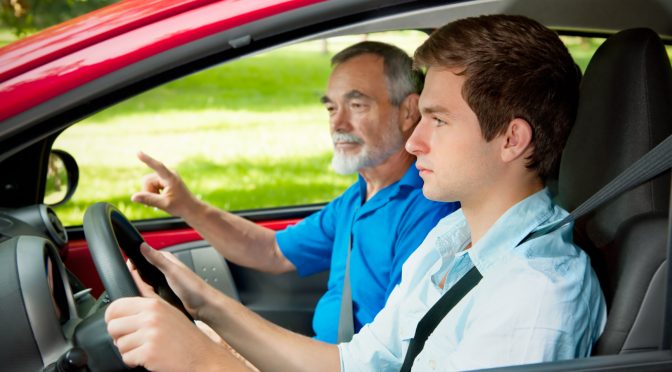As someone who learned to drive at a very young age on private property, parking lots, and various driveways, I feel very strongly about the benefits of getting familiar with how a car operates just as soon as you can touch the pedals. There is no replacement for seat time and an experienced kid behind the wheel is much safer than one that doesn’t know how to handle a car.
Now the problem today is that most drivers (young and old alike) do not know how to handle a car in the worst case scenarios simply because they’ve never been put into those situations. Driver education focuses on preventing drivers from getting themselves into dangerous situations, and that’s important, but the fact of the matter is that sometimes things happen and when they do, no amount of preventative education will help.
It is under these conditions in which a driver would benefit from a training program that focuses on car control in extreme circumstances. A program that allows a driver to experience a car skidding out and losing traction or the pulse of the brake pedal as the ABS kicks in should be a required class to get your license, to drive on the road in which you are responsible for your car, your safety and that of your passengers, and by extension, the lives of other drivers on the road.
We are letting new drivers off easy with the almost laughably lax requirements to get a learner’s permit/license. 30 hours of classroom instruction, 12 hours of behind the wheel instruction, and 6 hours of in-car observation (in MA) is all fine and dandy, but where is the instruction around how to avoid a snowbank when your brakes lock up and your car won’t turn? Where is the instruction on what do to if the back end of the car starts sliding out on you? The old adage of “hope for the best but prepare for the worst” has never rung truer. We want young drivers on the road who are competent at handling potentially dangerous situations because they have experienced them before (in a controlled environment of course).
We need to start taking young driver education more seriously and prepare them for dangerous situations so that they can react appropriately and possibly keep themselves out of trouble.


